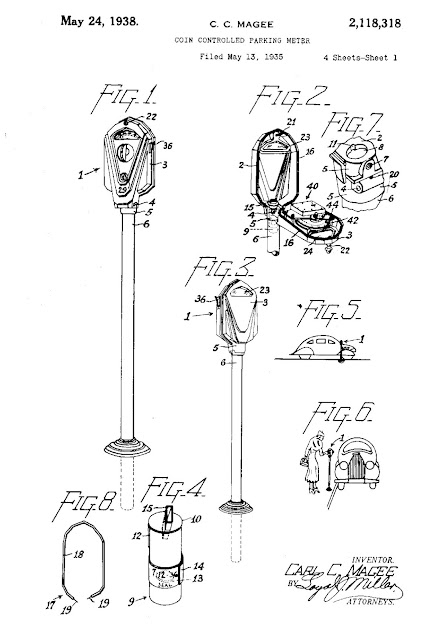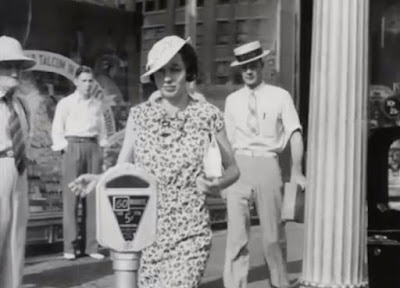On This Date In History
On July 16, 1790, the young American Congress declares that a swampy, humid, muddy and mosquito-infested site on the Potomac River between Maryland and Virginia will be the nation’s permanent capital. “Washington,” in the newly designated federal “District of Columbia,” was named after the leader of the American Revolution and the country’s first president: George Washington. It was Washington who saw the area’s potential economic and accessibility benefits due to the proximity of navigable rivers.
George Washington, who had been in office just over a year when the capital site was determined, asked a French architect and city planner named Pierre L Enfant to design the capital. In 1793, the first cornerstones of the president’s mansion, which was eventually renamed the “White House,” were laid. George Washington, however, never lived in the mansion as it was not inhabitable until 1800. Instead, President John Adams and his wife Abigail were the White House’s first residents. They lived there less than a year; Thomas Jefferson moved in in 1801.
On July 16, 1935, The world’s first parking meter, known as Park-O-Meter No. 1, is installed on the southeast corner of what was then First Street and Robinson Avenue in Oklahoma City, Oklahoma on July 16, 1935.
The parking meter was the brainchild of a man named Carl C. Magee, who moved to Oklahoma City from New Mexico in 1927. Magee had a colorful past: As a reporter for an Albuquerque newspaper, he had played a pivotal role in uncovering the so-called Teapot Dome Scandal (named for the Teapot Dome oil field in Wyoming), in which Albert B. Fall, then-secretary of the interior, was convicted of renting government lands to oil companies in return for personal loans and gifts. He also wrote a series of articles exposing corruption in the New Mexico court system, and was tried and acquitted of manslaughter after he shot at one of the judges targeted in the series during an altercation at a Las Vegas hotel.
By the time Magee came to Oklahoma City to start a newspaper, the Oklahoma News, his new hometown shared a common problem with many of America’s urban areas, a lack of sufficient parking space for the rapidly increasingly number of automobiles crowding into the downtown business district each day. Asked to find a solution to the problem, Magee came up with the Park-o-Meter. The first working model went on public display in early May 1935, inspiring immediate debate over the pros and cons of coin-regulated parking. Indignant opponents of the meters considered paying for parking un-American, as it forced drivers to pay what amounted to a tax on their cars, depriving them of their money without due process of law.
Despite such opposition, the first meters were installed by the Dual Parking Meter Company beginning in July 1935; they cost a nickel an hour, and were placed at 20-foot intervals along the curb that corresponded to spaces painted on the pavement. Magee’s invention caught on quickly: Retailers loved the meters, as they encouraged a quick turnover of cars, and potential customers, and drivers were forced to accept them as a practical necessity for regulating parking. By the early 1940s, there were more than 140,000 parking meters operating in the United States.










No comments:
Post a Comment